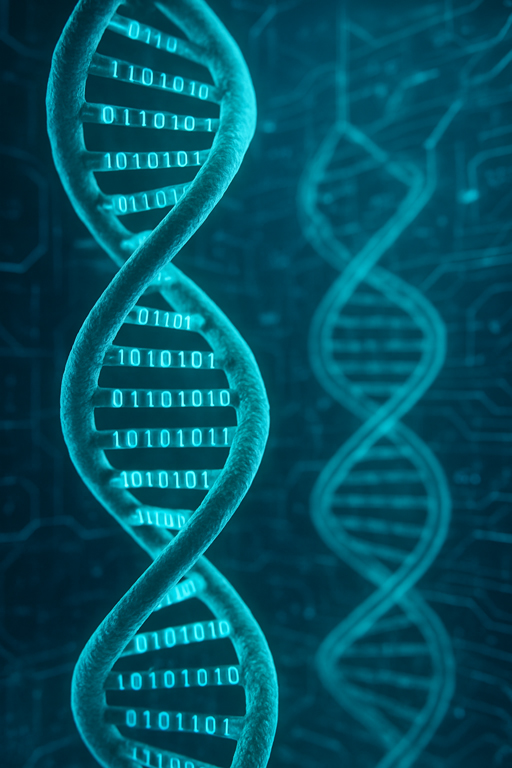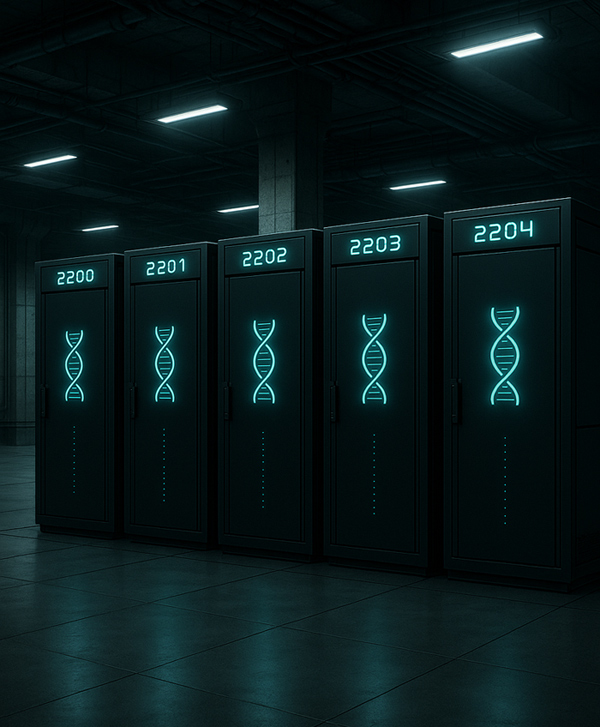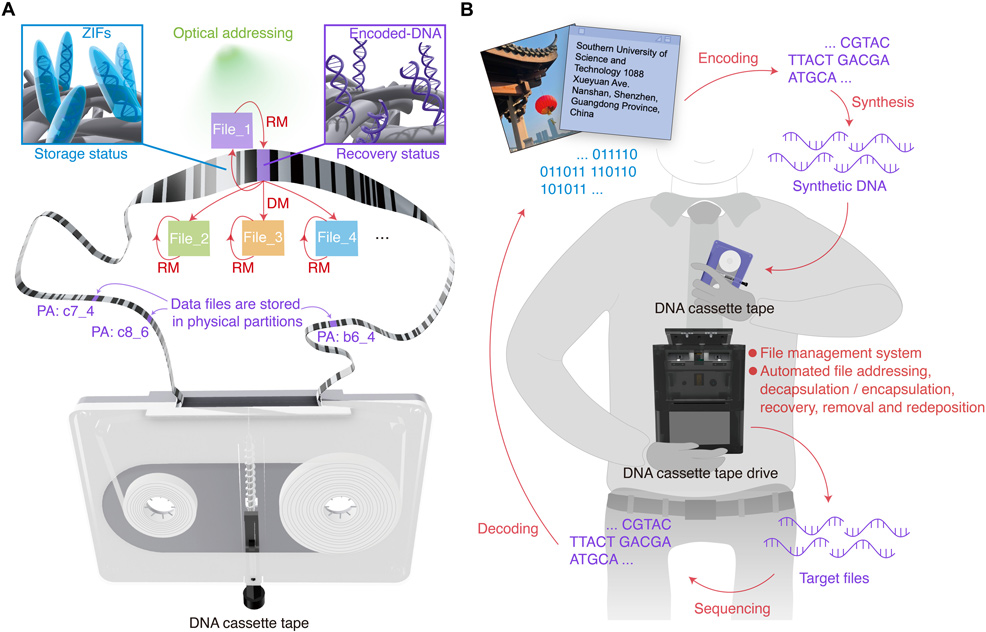
30th September 2025 DNA data storage could arrive within 3–5 years An international consortium says DNA could soon become a practical medium for digital archives. A new report points to the first use cases emerging in just 3–5 years, with densities up to 500 million times greater than conventional drives.
The idea of using DNA to store information has fascinated scientists for decades. DNA is nature's original data medium, able to encode the entire complexity of life within an astonishingly small space. Now, the DNA Data Storage Alliance, coordinated by the Storage Networking Industry Association (SNIA) and including dozens of major companies such as Microsoft, IBM, Dell, Samsung, and Lenovo, believes this technology is nearing commercial reality. In a technical review, the group concludes that DNA-based archival storage could begin to appear within just 3–5 years. The numbers are compelling. In theory, one gram of DNA could hold 455 exabytes of information – around 500 million times denser (by mass) than the best solid-state drives available today. DNA also has extraordinary longevity. Properly stored, it could keep data intact for hundreds or even thousands of years. That makes it ideal for backing up cultural records, government documents, scientific datasets, or anything intended to last far beyond the lifespan of modern hard drives or magnetic tape.
In a world producing zettabytes of new data each year, the appeal of a compact and durable medium is obvious. Yet challenges remain. The process of writing data into synthetic DNA is painfully slow compared to silicon-based memory. While today's fastest systems can handle a gigabyte per second, DNA writing speeds are closer to 100 megabytes per day. Reading the information also requires sequencing equipment that remains expensive. These hurdles mean DNA storage will not compete with the cloud or your home computer any time soon. Instead, its first role will be highly specialised: safeguarding humanity's digital heritage in vast libraries or archives. Beyond storage, DNA offers intriguing possibilities in computing and materials science. For example, researchers have already demonstrated logic gates built from DNA strands, hinting at programmable biological networks. Others are weaving DNA into nanoscale lattices to guide light and sound. Such developments could blur the lines between biology and information technology in ways that seem futuristic today. The DNA Storage Alliance acknowledges the road ahead is steep, but its new report highlights the momentum now building across academia and industry. By the end of this decade, we may see the first practical deployments of DNA as a data medium – a remarkable crossover of life's blueprint and digital technology.
Schematic of DNA cassette tape and DNA cassette tape drive. Credit: Jiankai Li, et al. (Science, 2025)
Comments »
If you enjoyed this article, please consider sharing it:
|
||||||









